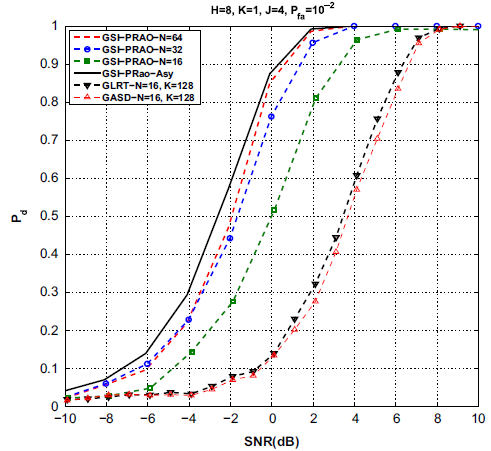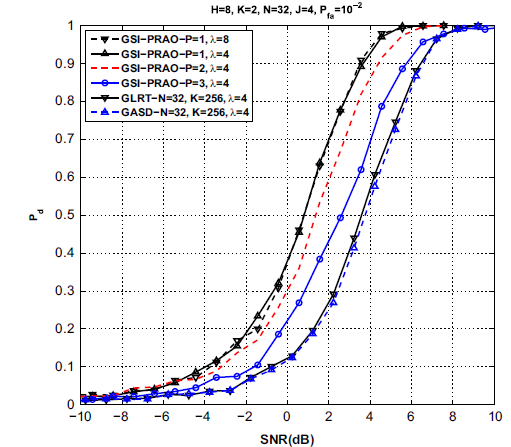Multichannel adaptive detection of range-spread targets embedded in Gaussian disturbance is an issue that has gained increasing attention among radar engineers during the last few decades. For this problem, a uniformly most powerful test does not exist due to the fact that the Neyman–Pearson likelihood ratio detector requires perfect knowledge of the disturbance covariance matrix. As a result, a variety of different solutions have been explored in open literature.
Nevertheless, most existing detectors usually involve estimating and inverting a large-size space-time covariance matrix of the disturbance signal, using target-free secondary data. Thus, they require a large number of secondary signals and excessive computation power, especially when the joint space-time dimension is large.
To resolve this, SHI Bo, HAO Chengpeng, HOU Chaohuan, MA Xiaochuan and PENG Chengyan from the State Key Laboratory of Acoustics, Institute of Acoustics (IOA), Chinese Academy of Sciences, Beijing, China proposed to adaptively detect the range spread target in a partially homogeneous environment, modelling the disturbance in both test signals and training signals as a multichannel autoregressive (AR) process.
Researchers first modeled the disturbance as a multichannel AR process, and then developed an adaptive detector resorting to the Rao test, called GSI-PRAO. Remarkably, the proposed detector attained asymptotically a constant false alarm rate independent of the disturbance covariance matrix as well as the power scaling factor.
The performance assessment conducted by Monte Carlo simulation highlighted that the proposed GSI-PRAO significantly outperformed their traditional covariance matrix-based counterparts (GLRT and GASD), both in AR nd non-AR modeled disturbance backgrounds, as shown in Figs. 1 and 2, respecively. Meanwhile, it required less secondary data and was computationally more efficient.
Funding for the research came from the National Natural Science Foundation of China (NSFC: 61172166).

Fig. 1 Pd versus SNR with AR modeled disturbance (Image by IOA)

Fig. 2 Pd versus SNR with non-AR modeled disturbance (Image by IOA)
References:
SHI Bo, HAO Chengpeng, HOU Chaohuan, MA Xiaochuan, PENG Chengyan. Parametric Rao Test for Multichannel Adaptive Detection of Range-spread Target in Partially Homogeneous Environments. Elsevier Signal Processing (Vol. 108, No. 3, March 2015, pp. 421-429).
Contact:
HAO Chengpeng
Institute of Acoustics, Chinese Academy of Sciences, 100190 Beijing, China
Email: haochengp@mail.ioa.ac.cn


